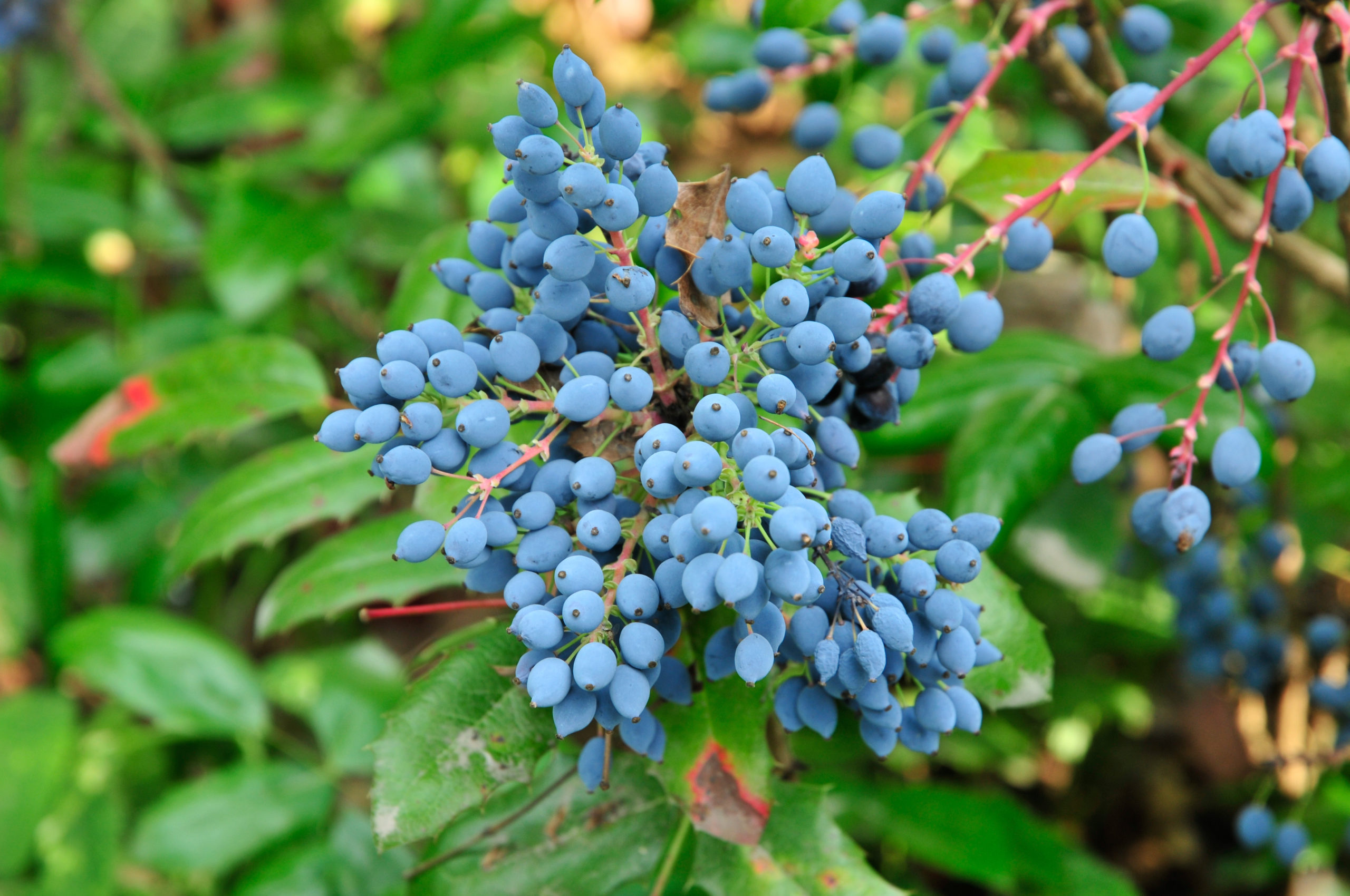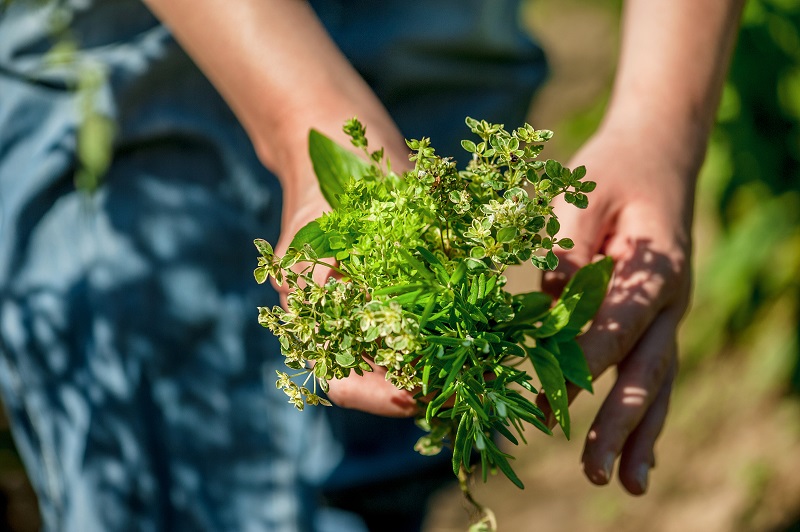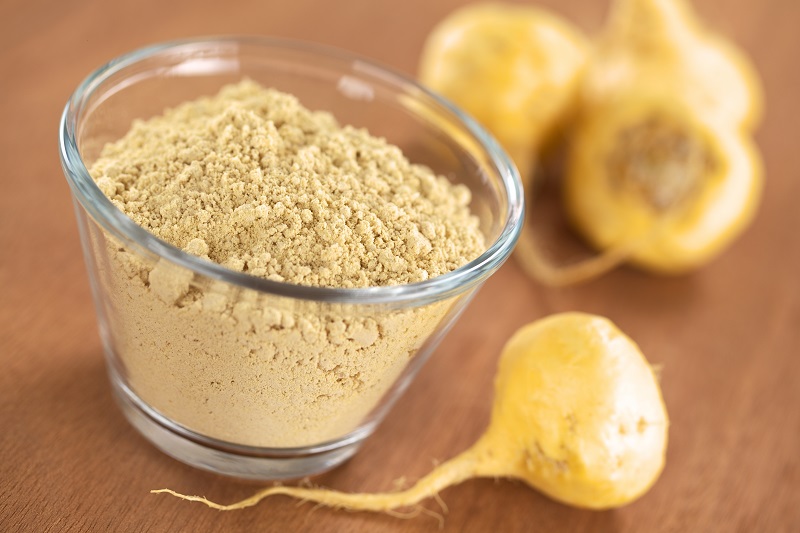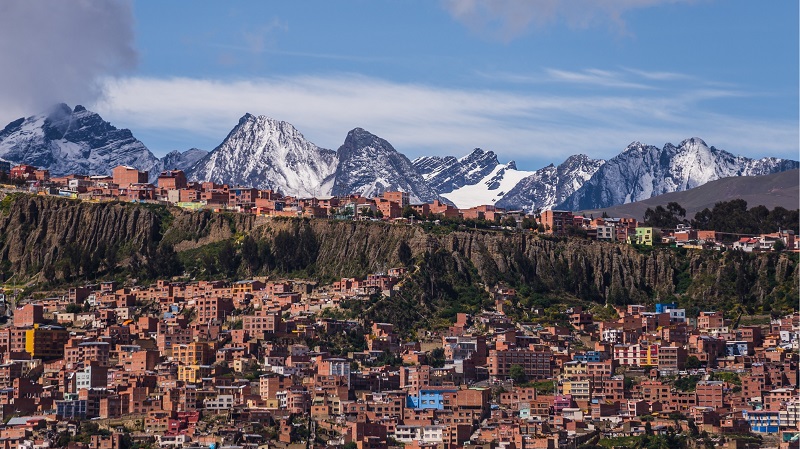Herb Highlights: Oregon Grape
Introduction
On the United Plant Savers Species at Risk List, the Oregon Grape is in the “To Watch” category of plants that could be “At Risk” in the future. Plants that are “At Risk” are those listed as endangered or threatened on the state or federal level. As the state flower of Oregon, 1 seeing Oregon grape is commonplace. Naturally found in the forest and often found in corporate and private landscaping, it is hard to think of it in short supply. Also known as the holly grape, Oregon grape can be found throughout the Pacific Northwest of North America. 2
Why so popular?
As the name suggests, the Oregon grape is a fruiting plant. The fruits, however, are very tart and sour. They also have relatively big seeds. Despite this, the fruits make jelly3. In fact, the juice makes wine.1 Additionally, the root contains berberins,3 which is a highly sought after active chemical also found in Goldenseal. Therefore, Oregon Grape is frequently a replacement for Goldenseal which increased the demand.
Traditionally, Native American tribes used Oregon Grape parts to make medicine to treat a variety of health issues like irritated eyes and arthritis. 3 Plant parts were also used to make dyes. The berries were used to make purple, 1 while the roots were used to make a yellow dye. Today, the root makes a natural yellow dye for wool3.
Proceed with caution
While the Oregon Grape fruit is safe to eat, ingesting too many may result in diarrhea.3 Perhaps, this is why some Native American tribes used it to help digestion.1 Also, as with Goldenseal, the active berberine has a lethal dosage and your medical professional should advise you further.
Sources
1 – Mahonia aquifolium – Britannica
2 – Oregon Grape | Oregon Encyclopedia
3 – Oregon Grape | Oregon State University Extension Service







